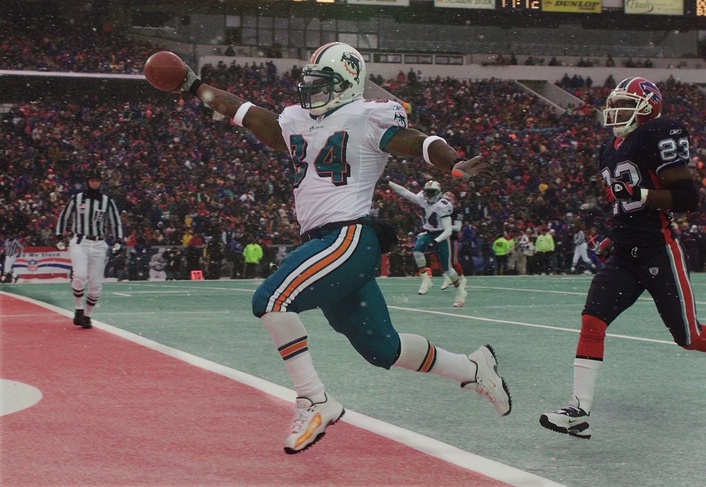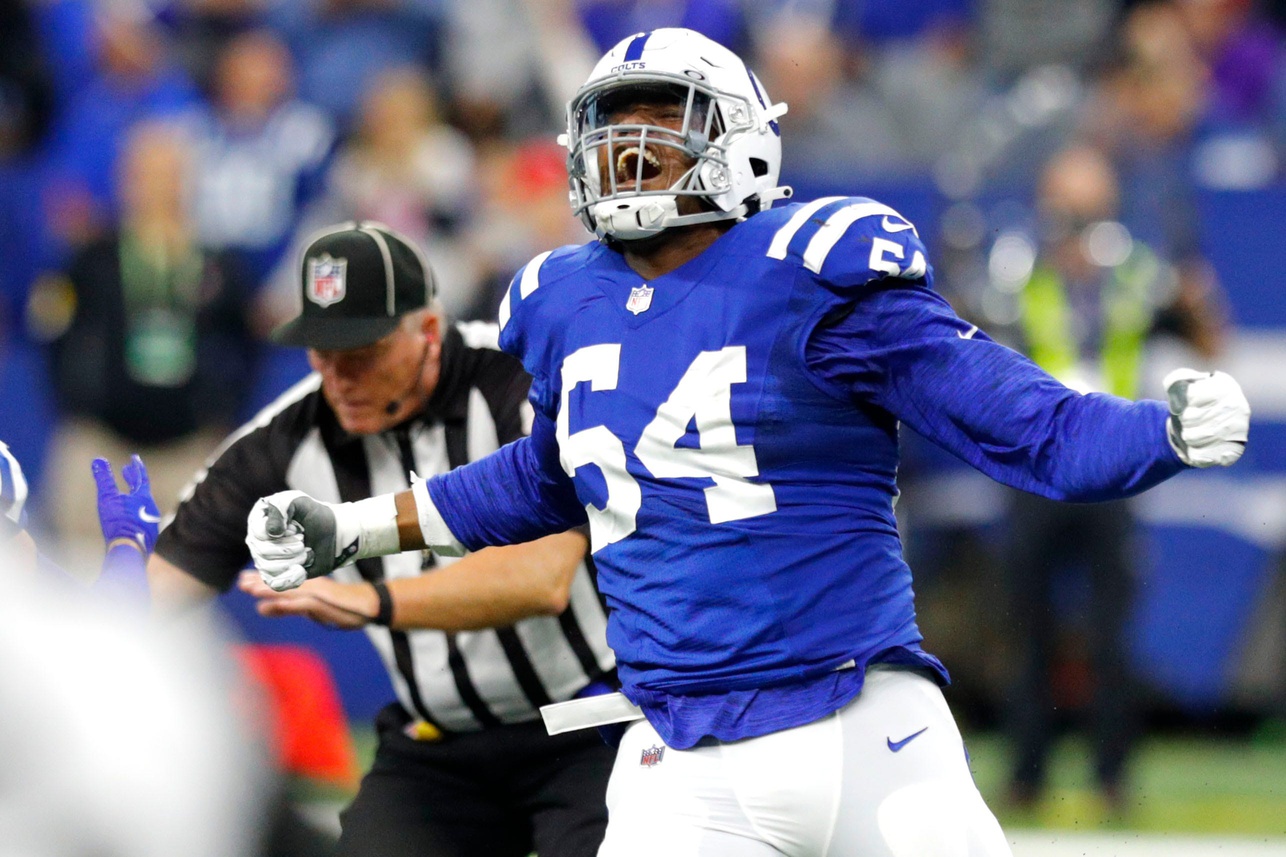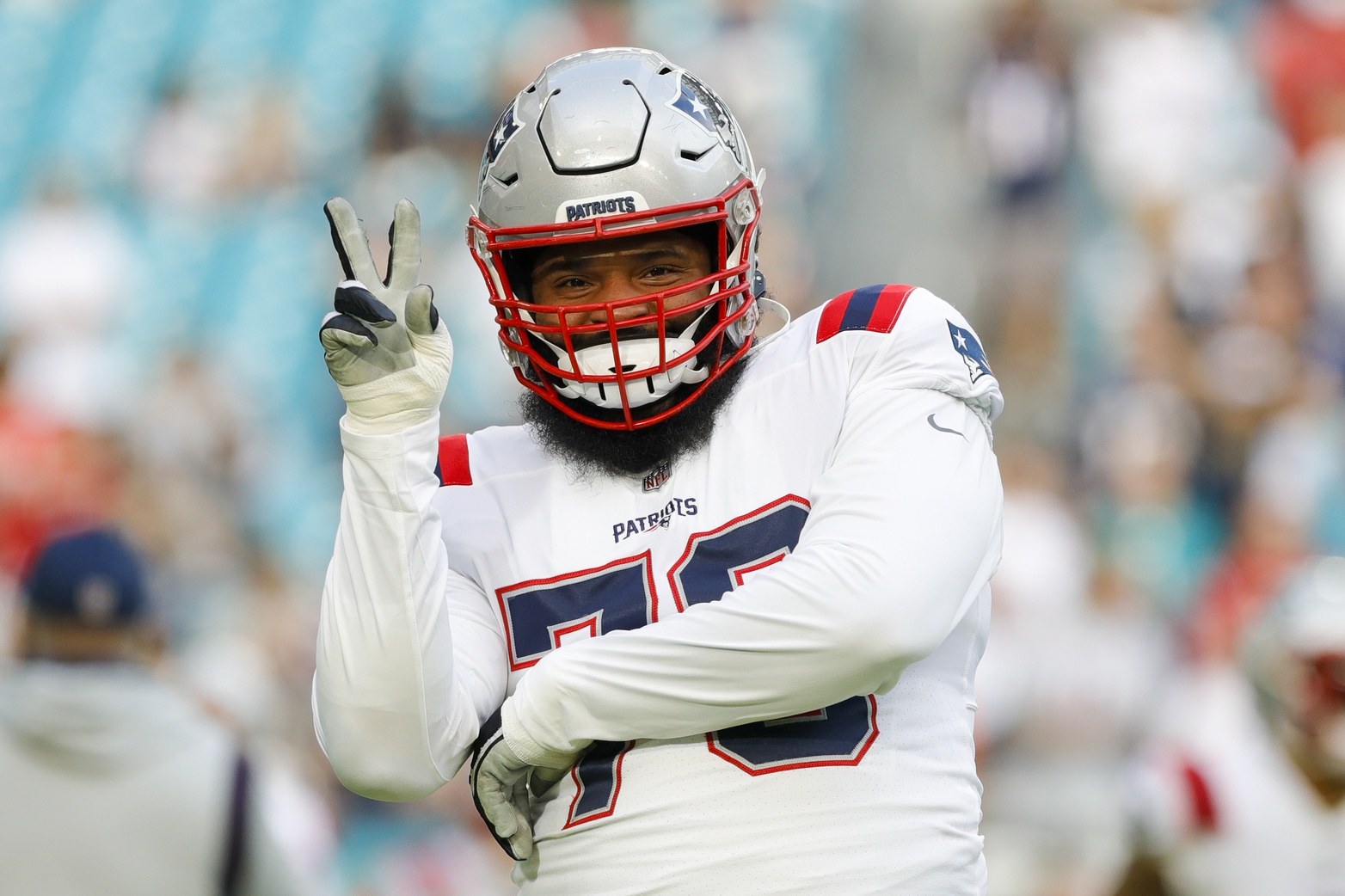Franchise running backs are a dying breed; assuming that they aren’t fully gone for good. The recent trends of offensive spacing and limitations to defensive contact on the perimeter have spurred on an evolution of the “ideal” NFL offense as compared to just a decade or two ago—and the idea of a “franchise running back” seems laughable in today’s environment. As a matter of fact, the public perception of the running back position is often the complete opposite; the saying “running backs don’t matter” didn’t come from nowhere. The spirit of the phrase alludes to the presumed ease in which production at the position can be replaced—even though we should all be able to find appreciation for production on the ground.
No, running backs don’t matter like they used to. But they’re still very much a critical layer to plenty of successful offenses.
No one knows the pressures of being a “franchise running back” quite like former New Orleans Saint, Miami Dolphin, and Baltimore Raven Ricky Williams. Williams, who was made the No. 5 overall pick in the 1999 NFL Draft, saw the New Orleans Saints quite literally risk it all in an effort to move up and select him. Coach Mike Ditka sent every pick from the team’s 1999 scheduled menu of picks (plus two of their top three from 2000) for the right to move up 7 spots and draft Williams. In all, Dikta sent:
- 1999 first-round pick (12th overall)
- 1999 third-round pick (71st overall)
- 1999 fourth-round pick (107th overall)
- 1999 fifth-round pick (144th overall)
- 1999 sixth-round pick (179th overall)
- 1999 seventh-round pick (218th overall)
- 2000 first-round pick (2nd overall)
- 2000 third-round pick (64th overall)
Filed In
Related Articles
NFL
Dayo Odeyingbo Looks Healthy, Ready To Wreak Havoc For Colts
- Aug 22, 2022
NFL
3 Teams That Should Trade For Isaiah Wynn
- Aug 22, 2022
Written By



































